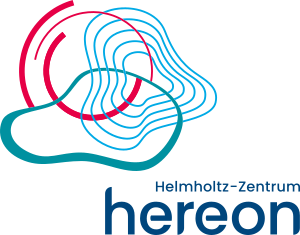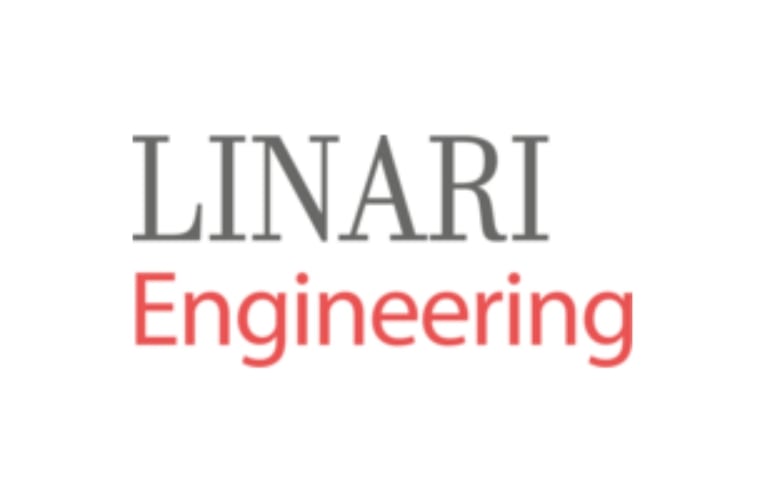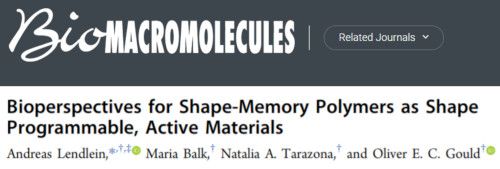WP4 - Smart materials for growing process and attachment solutions
This WP focuses on the design and development of innovative materials and smart soft actuators required for and compatible with the growing mechanisms developed in WP5. Specifically, the following activities will be performed: 1) production of polymeric materials with stimuli-responsive behaviour, compatible with the growing mechanism described in Task 5.1; 2) in situ fabrication of soft actuators as structural materials for the growing parts integrable with the mechanism described in Task 5.4; 3) bioinspired attachment structures.
Partners involved

Tasks


Activities: Materials will be developed to respond to soft (chemical or biological) stimuli with physical changes (in volume, in optical appearance), and to report the process remotely. The sensing/response will need to be translated as (di)electric signals in order to allow reporting (through carbon paste electrodes deposited along the robot body). These materials will be based on two different ‘translation’ approaches: A) detection based on changes in dielectric properties (impedance). The materials are polysulfides, and massively increase their dielectric constant upon oxidation, which allows detection; the resulting large swelling potentially also induces a curvature in the robot body, and/or increases its transparency (physical changes). Polysulfides respond directly only to some oxidants (H2O2), but can be made sensitive to other molecules by conjugation with H2O2-producing enzymes; for example glucose oxidase, oxalate oxidase etc. will allowing a versatile stimulus responsive behavior, by producing the above changes in the presence of glucose, oxalate. B) Detection through changes in conductivity. In the simplest example, moisture is sensed by PEDOT-PSS conductivity (changing with water uptake). Here we will produce hybrids containing both PEDOT and polysulfides. Polysulfide oxidation leads to higher hydrophilicity, which is read through PEDOT conductivity.
Expected results: Spinnable/sprayable (bio)responsive materials with two different detection methods.


Activities: This task aims at developing an innovative material technology for in-situ fabrication of controllable soft actuator elements as structural material for the growing parts of the GrowBot. The desired technology of soft actuators requires an integrated approach combining material synthesis or modification, a controlled deposition process (Task 5.3) and encoding (programming) the actuation information in an almost simultaneous fashion. The sensitivity of the actuating components to relevant environmental stimuli such as light or humidity will be achieved by incorporating photo-sensitive (e.g. gold nanoparticles) or humidity-sensitive (e.g. hydroxyethyl cellulose or hydrogels) micro- or nanofillers. Three different material concepts will be explored for printable actuators: i) highly deformable, crystallizable thermoplastics and ii) crosslinked crystallizable thermoplastics and blends thereof as thermo-reversible actuators that preferably switch in the temperature interval between 10 °C and 60 °C, as well as iii) temperature- and photo-sensitive hydrogel actuator systems. In a second step, the best-suited material system will be adjusted regarding the growth rate and energy consumption.
Expected results: Development of a material technology for in-situ fabrication of controllable soft actuator elements as integral structural parts of the growing robot body.


Activities: The main approach to obtain attachment to a solid substrate will be inspired by two biological mechanisms: morphologically to the adhesion of plants such as ivy (production of attachment structures), chemically to that of muscles (dopamine-like glues). We will develop tyrosine (phenol)-rich polysaccharides (ideally, pectin derivatives) spinnable/sprayable with the machinery developed in WP5.1; these polymers will be codeposited with a peroxidase/laccase, which will in situ convert tyrosines into catechols, and then quinones, thereby leading to the same chemical process (‘polydopamine’ production) muscles exploit to attach to substrates. The polysaccharide structure will further help attachment, as it does in ivy plants (predominantly calcium-mediated crosslinking of uronic acids such as those in pectin). The task will focus on the selection of polymers with appropriate phenol content and coformulated with appropriate laccase concentration to obtain curing/adhesion in a few minutes after spinning.
Expected results: Development of attachment structures.
Gallery
(coming soon)
Outcomes
Deliverables' List
The expected result of T4.1 is a structural material spinnable/spayable responsive to (bio)chemical stimuli.
Accepted (confidential)
Development of a material technology for in situ fabrication of controllable soft actuator elements as integral structural parts of the growing robot body.
Accepted (confidential)
As result of Task 3.4, it is expected the development of attachment mechanisms to permit the adhesion of the robot to existing structures.
Accepted (confidential)
!["Electrical Actuation of Coated and Composite Fibers Based on Poly[ethylene-co-(vinyl acetate)]" in Macromolecular Materials and Engineering journal](../../templates/yootheme/cache/41/2020_Macromolecular_Materials_and_Engineering-41e49ff0.jpeg)
